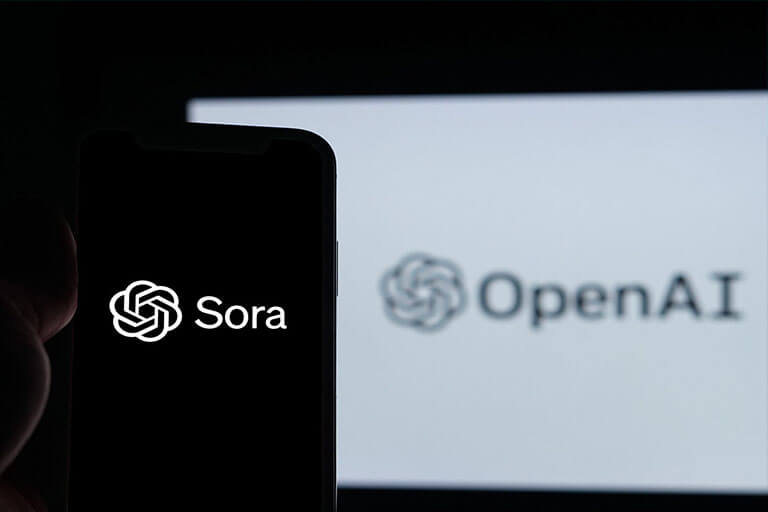The creator of ChatGPT revealed their latest advancement in generative artificial intelligence: a tool capable of swiftly producing short videos in direct response to written instructions.
There is no limit to technology.
Recently, the creator of ChatGPT revealed a fresh tool capable of promptly generating short videos based on written commands. Called Sora, this new text-to-video generator is developed by Microsoft-backed OpenAI.
Sora, named after the Japanese word for ‘sky’, can generate realistic videos lasting up to a minute in length by following user-provided directives regarding style and content.
According to the statement by the company, “Sora is able to generate complex scenes with multiple characters, specific types of motion, and accurate details of the subject and background.” The model showcases an impressive range of capabilities, allowing it to craft complex scenes with multiple characters, specific motion styles, and intricate details in both subjects and backgrounds.
Sora isn’t a first-of-a-kind technology in its field. Other companies such as Google, Meta, and the startup Runway ML have also showcased comparable technology. In the previous year, Meta Platforms enhanced its image generation model, Emu, by introducing two AI-driven functionalities capable of editing and generating videos based on text inputs.
Cited by Open AI in a post, “We’re teaching AI to understand and simulate the physical world in motion, with the goal of training models that help people solve problems that require real-world interaction.”
In a blog post unveiling Sora, OpenAI emphasized the model’s ability to understand the tangible world, interpret objects with precision, and infuse characters with vivid emotions. The showcased demonstrations by OpenAI illustrate Sora’s versatility, ranging from an aerial portrayal of California during the gold rush to a simulated journey on a Tokyo train.
Social media platforms users have labeled the results as “out of this world” and a “game changer”.
Following Sora’s launch, Sam Altman also engaged with users on X (formerly Twitter), responding to several with videos generated based on their prompts. Notably, these videos featured a watermark indicating they were created by AI.
Access to Sora has been granted to researchers and content curators to ensure compliance with OpenAI’s security policies, which prohibit the inclusion of “extreme violence, sexual content, hateful imagery, celebrity likeness, or the intellectual property of others,” as stated in the blog post.
OpenAI also admitted that Sora has its limitations, such as struggles with maintaining continuity and discerning between left and right.
“For example, a person might take a bite out of a cookie, but afterward, the cookie may not have a bite mark,” the company expressed.
The tool remains unavailable to the public as of now, and OpenAI has disclosed only limited details of its development. The company, currently embroiled in lawsuits with authors and The New York Times over the use of copyrighted written works to train ChatGPT, has also refrained from revealing the imagery and video sources utilized in training Sora.
Sora represents a noteworthy advancement in AI technology. However, the exceptional quality of videos presented by OpenAI—some generated after CEO Sam Altman encouraged social media users to submit ideas for written prompts—sparked concerns about the ethical implications.
Additionally, OpenAI is also developing tools capable of discerning whether a video was created by AI.














